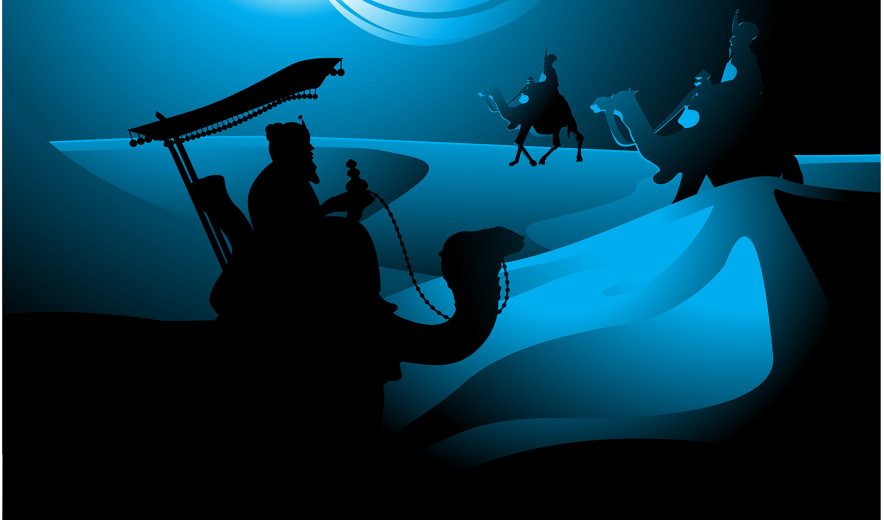A Triple Threat with Los Reyes
Three Kings Day (El Dia de los Reyes) is celebrated 12 days after Christmas as an ode to the wise men who brought gifts to the new born Jesus. The Catholic tradition is famously popular with children in Spain, Puerto Rico and Latin America. It’s not every day you see children with piles of hay or grass underneath their bed, but it is every year for these families. The night before, on January 5th, children leave their shoes by the door so the Kings know how many children are inside and leave something to eat and drink for them, similar to snacks for Santa. They awake to gifts (or lumps of coal if they’ve misbehaved) and the holiday officially starts.
Paper Chasing
Usually leaving money around your home where people can see it is a dangerous idea. But the Spaniards started this custom to attract luck and prosperity. Soon many Latinos followed hoping to attract fortune in the New Year. “It’s shocking to walk into my great-grandmother’s house and see dollar bills in the hanging plants and tied around the cookie jar,” says Marcos Dina who was born and raised in Ecuador. “It’s the idea that having money around brings in more money, which I love.” Dina’s mother Marisella adds, “it’s also a way to show that though we don’t have much, we are happy for what we do have and are thankful.” Some people sweep away negative energy from their stoops first and then drop money in its place to be swept inside, literally and symbolically.
Latino customs have endured throughout centuries. No matter where you’re from, there’s always a way to bring in the holidays and keep the tradition alive. Not only does it bring families together and luck to many, it’s another way to keep culture close no matter where you’re celebrating.

